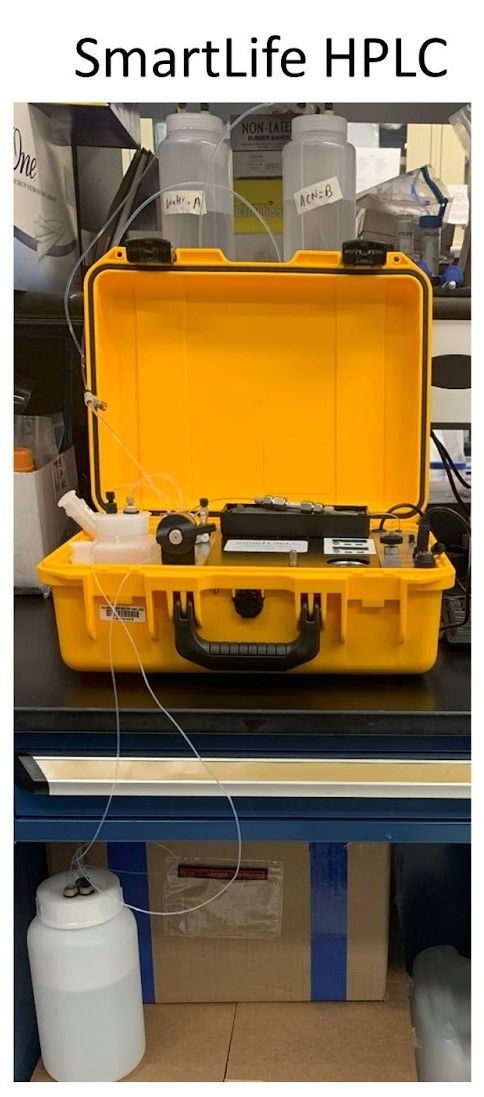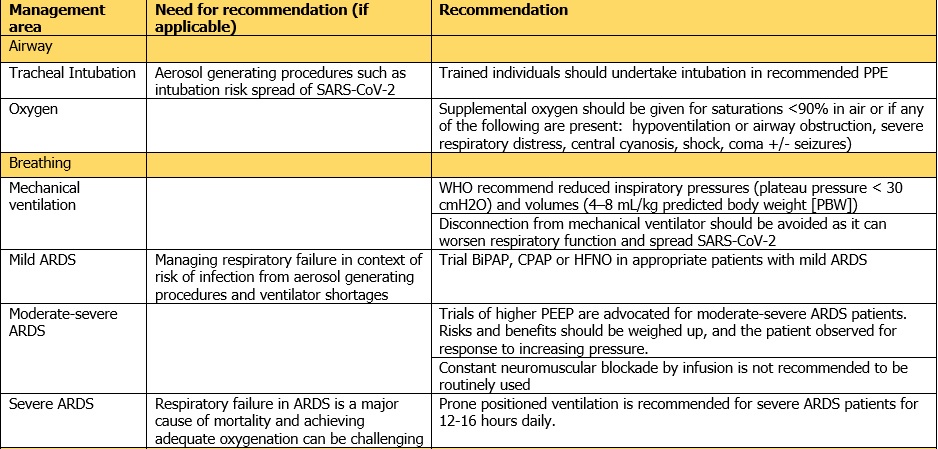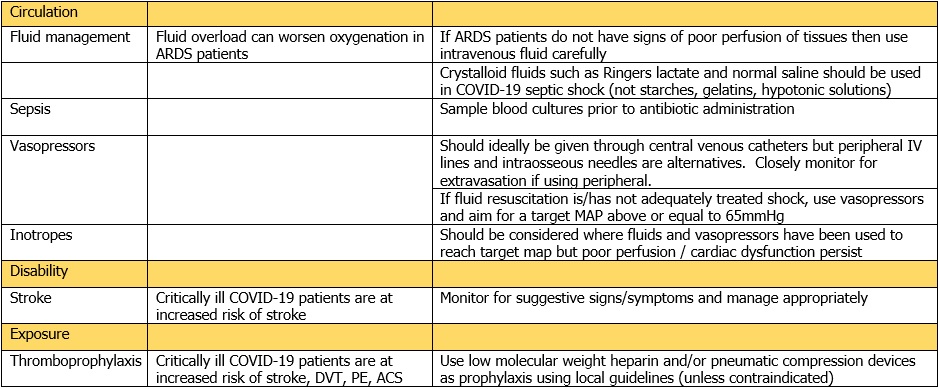Intensive care management

A high proportion of COVID-19 infected patients who are admitted to hospital go on to require intensive care management. Published authors have identified some of the key challenges of providing ITU care, which are summarised below with linked resources:
Challenges (1)
Potential resource scarcity and need to ration resources (see Ethical resource allocation)
Difficulties predicting disease trajectory (see Escalating care)
Non-specific clinical features mean risk of cases not being identified (see Signs and symptoms)
RT-PCR tests can be falsely negative (see Testing - method and pitfalls)
Intubation and other procedures in ITU could infect healthcare workers. Risk of SARS-CoV-2 spread in corridors and radiology departments if moving patients for scans (see Infection prevention and control)
In severe cases of COVID-19, SARS-CoV-2 remains detectable for >10 days from the respiratory tract
Potential therapies remain experimental (see New and emerging therapies)
Despite clear challenges, the WHO has made recommendations on clinical care of COVID-19, those pertaining directly to ITU care are summarised below:
Recommended management:

Read more about prone positioning in COVID-19.

References
1. Phua J et. al. Intensive care management of coronavirus disease 2019 (COVID-19): challenges and recommendation. Lancet Respir Med. April 2020. [ePub ahead of print] Available from: https://www.thelancet.com/action/showPdf?pii=S2213-2600%2820%2930161-2
2. World Health Organisation. Clinical management of COVID-19, Interim Guidance. May 2020. [Online] Available from: https://www.who.int/publications/i/item/clinical-management-of-covid-19 [Accessed 10th June 2020]
Loading Author...
Sign in or Register to comment